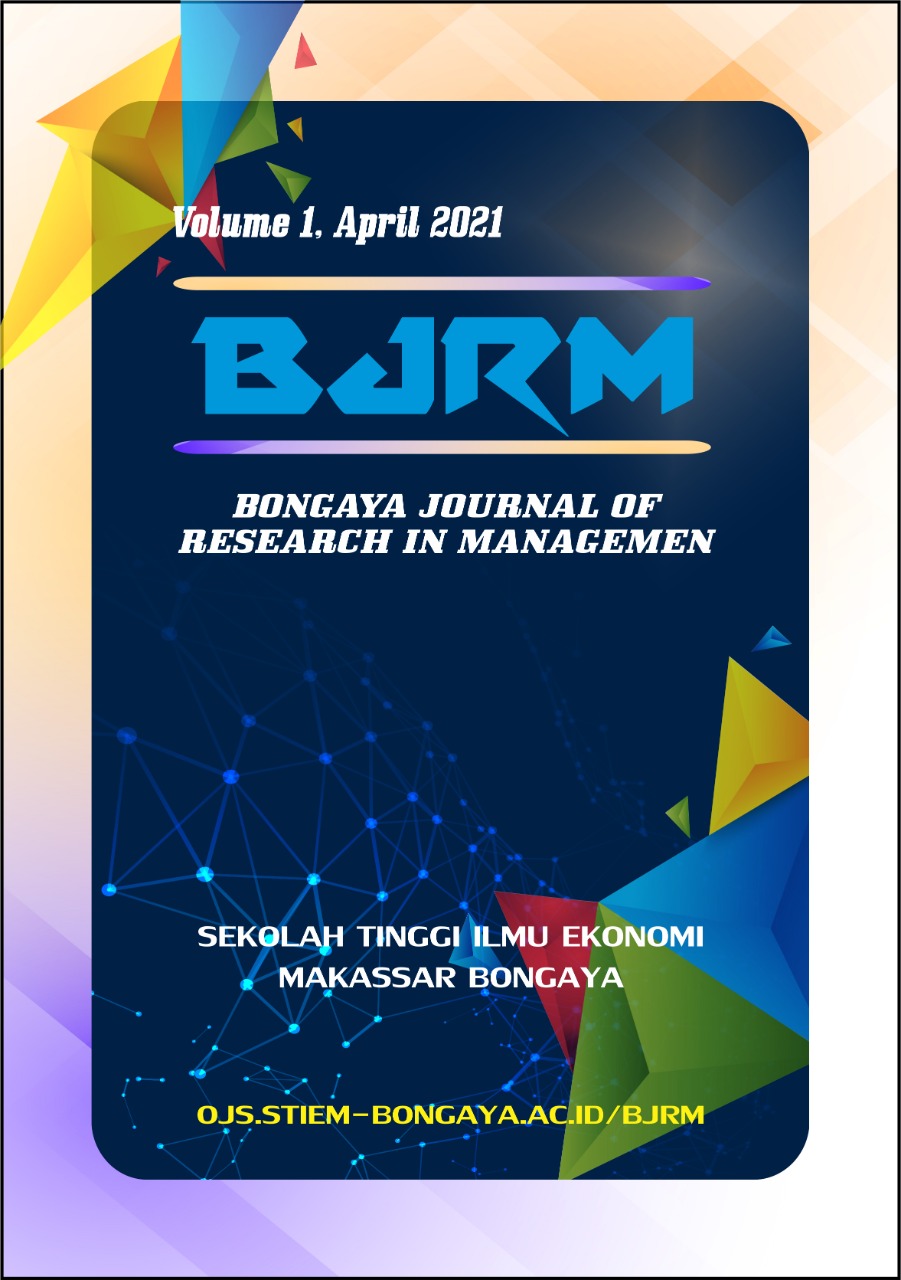Evaluation of the Implementation of the Creative Economy Program in Makassar through Analysis of Regulatory Documents and White Papers
DOI:
https://doi.org/10.37888/bjrm.v9i1.867Abstract
This study aims to evaluate the implementation of creative economy programs in Makassar City through a systematic review of local government regulations and official reports. The background of this study rests on the strategic role of the creative economy as a driver of innovation-based, cultural, and technology-oriented economic growth, as emphasized in national policy documents such as the Medium-Term National Development Plan (RPJMN) and the directives of the Creative Economy Agency (Bekraf) prior to its integration into the Ministry of Tourism and Creative Economy. At the local level, the Makassar City Government has demonstrated its commitment through several regulations and programs implemented by related agencies such as the Department of Tourism and the Department of Cooperatives and SMEs. This research employs a qualitative approach with content analysis of policy documents, including regional regulations, the 2021–2026 Regional Development Plan (RPJMD), strategic plans (Renstra) of local agencies, performance accountability reports (LKjIP), and program budget realization reports from the last five years. The analysis focuses on policy objectives, alignment between planning and implementation, performance indicators, budget realization, and implementation challenges. The results indicate that, although a supportive regulatory and policy framework exists, the implementation of creative economy programs in Makassar remains suboptimal. Key obstacles include weak cross-sector coordination, limited budget allocation for creative subsectors, the absence of a comprehensive mapping of all 17 creative economy subsectors, and inadequate performance indicators to measure real impacts. Moreover, limited involvement of local creative actors in policy formulation and evaluation constrains policy effectiveness
References
Anderson, J. E. (2017). Public Policymaking: An Introduction (8th ed.). Boston: Cengage Learning.
Bappenas. (2020). National creative economy action plan 2020–2025. Jakarta: Bappenas.
Creswell, J. W., & Creswell, J. D. (2018). Research Design: Qualitative, Quantitative, and Mixed Methods Approaches (5th ed.). Thousand Oaks, CA: Sage Publications.
Dunn, W. N. (2018). Public Policy Analysis: An Integrated Approach (6th ed.). New York: Routledge.
Government of the Republic of Indonesia. (2019). Law Number 24 of 2019 concerning Jakarta's Creative Economy: State Secretariat.
Florida, R. (2019). The rise of the creative class. New York: Basic Books.
Hidayat, A. (2021). Implementation of creative economy policy in the city of Bandung: A study on the fashion and culinary subsector. Journal of Public Policy and Management, 10(2), 145–160.
Howlett, M., Ramesh, M., & Perl, A. (2020). Studying public policy: Principles and processes. Oxford: Oxford University Press.
Makassar City Bappeda. (2023). Evaluation of the implementation of creative economy programs in regional development. Makassar: Bappeda.
Makassar City Tourism and Creative Economy Office. (2022). Annual report on the creative economy program of Makassar City. Makassar: Disparekraf.
Makassar City Government. (2021). Makassar City Regional Regulation Number 4 of 2021 concerning the Makassar City Regional Medium-Term Development Plan (RPJMD) for 2021–2026. Makassar: Makassar City Government.
Mazmanian, D., & Sabatier, P. (1983). Implementation and public policy. Glenview: Scott, Foresman.
Nugroho, R. (2018). Public policy: Theory, management, dynamics, analysis, convergence, and policy chemistry. Jakarta: Elex Media Komputindo.
OECD. (2021). The Role of Creative Economy in Regional Development. Paris: Organisation for Economic Co-operation and Development.
Pressman, J. L., & Wildavsky, A. (1984). Implementation: How Great Expectations in Washington Are Dashed in Oakland (3rd ed.). Berkeley: University of California Press.
Rahmawati, S. (2022). The role of the community in the implementation of creative economy policies in Yogyakarta. Journal of Economics and Regional Development, 14(1), 33–47.
Santoso, B. (2020). Development of creative economy based on business incubation in the city of Surabaya. Journal of Management and Entrepreneurship, 22(3), 201–215.
Sugiyono. (2019). Metode Penelitian Kualitatif, Kuantitatif, dan R&D. Bandung: Alfabeta.
UNCTAD. (2010). Creative economy report 2010: Creative economy – A feasible development option. New York: United Nations.
Van Meter, D. S., & Van Horn, C. E. (1975). The Policy Implementation Process: A Conceptual Framework. Administration & Society, 6(4), 445–488.
Wahyudi, M., & Nugroho, H. (2022). Implementasi Kebijakan Ekonomi Kreatif di Daerah: Studi Kasus pada Kota Bandung. Jurnal Ilmu Administrasi dan Kebijakan Publik, 9(2), 145–158.
World Bank. (2020). Indonesia’s Creative Economy: Driving Innovation and Inclusive Growth. Washington, DC: The World Bank.
Downloads
Published
How to Cite
Issue
Section
License
Copyright (c) 2025 Achmad Amzal Maulana, Ampauleng; Salma Abdullah; Siti Fatimah

This work is licensed under a Creative Commons Attribution-ShareAlike 4.0 International License.











